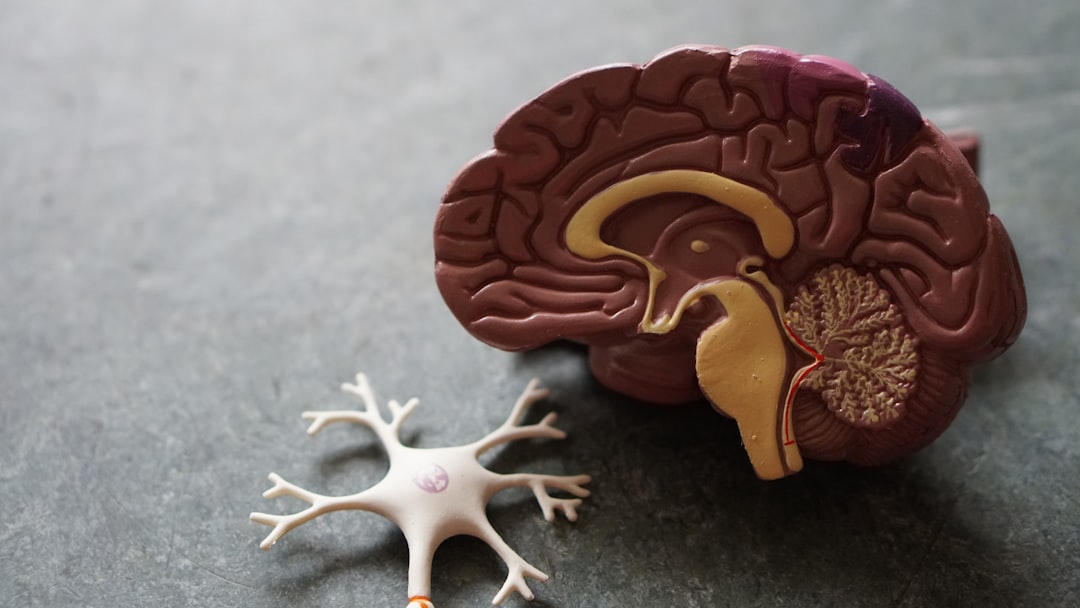What is it about?
Oxidative stress contributes to the development of cardiac hypertrophy and heart failure. One of the mitochondrial sirtuins, Sirt4, is highly expressed in the heart, but its function remains unknown. The aim of the present study was to investigate the role of Sirt4 in the pathogenesis of pathological cardiac hypertrophy and the molecular mechanism by which Sirt4 regulates mitochondrial oxidative stress. Male C57BL/6 Sirt4 knockout mice, transgenic (Tg) mice exhibiting cardiac-specific overexpression of Sirt4 (Sirt4-Tg) and their respective controls were treated with angiotensin II (Ang II, 1.1 mg/kg/day). At 4 weeks, hypertrophic growth of cardiomyocytes, fibrosis and cardiac function were analysed. Sirt4 deficiency conferred resistance to Ang II infusion by significantly suppressing hypertrophic growth, and the deposition of fibrosis. In Sirt4-Tg mice, aggravated hypertrophy and reduced cardiac function were observed compared with non-Tg mice following Ang II treatment. Mechanistically, Sirt4 inhibited the binding of manganese superoxide dismutase (MnSOD) to Sirt3, another member of the mitochondrial sirtuins, and increased MnSOD acetylation levels to reduce its activity, resulting in elevated reactive oxygen species (ROS) accumulation upon Ang II stimulation. Furthermore, inhibition of ROS with manganese 5, 10, 15, 20-tetrakis-(4-benzoic acid) porphyrin, a mimetic of SOD, blocked the Sirt4-mediated aggravation of the hypertrophic response in Ang II-treated Sirt4-Tg mice.
Featured Image
Why is it important?
Inhibition of oxidative stress is considered a promising therapeutic strategy for pathological cardiac hypertrophy and heart failure. However, effective and specific targets for suppressing oxidative stress remain to be defined. Here, we demonstrate that Sirt4 promotes oxidative stress upon pathological stimulation, which results in an enhanced hypertrophic response in the heart. Furthermore, ROS inhibition abolishes the Sirt4-mediated aggravation of hypertrophy and rescues cardiac function in mice. Thus, suppression of Sirt4-mediated oxidative stress appears to be a potential therapeutic approach for pathological hypertrophy and heart failure.
Perspectives
The present study provides a novel mechanistic insight into the likely link between mitochondrial oxidative stress and pathological cardiac hypertrophy, which may have a major impact on the understanding and treatment of pathological cardiac hypertrophy and heart failure.
Dr Xiaoqiang Tang
xiaoqiangtang@ibms.pumc.edu.cn
Read the Original
This page is a summary of: Sirt4 accelerates Ang II-induced pathological cardiac hypertrophy by inhibiting manganese superoxide dismutase activity, European Heart Journal, April 2016, European Society of Cardiology,
DOI: 10.1093/eurheartj/ehw138.
You can read the full text:
Contributors
The following have contributed to this page










